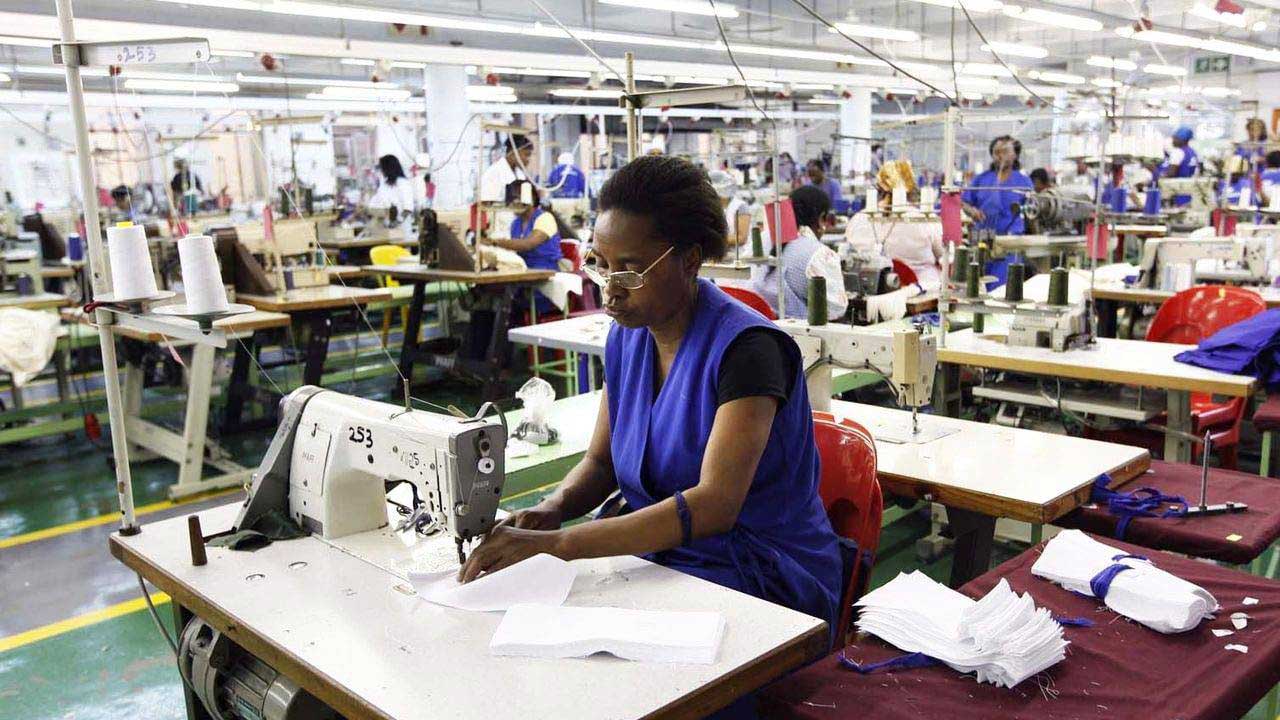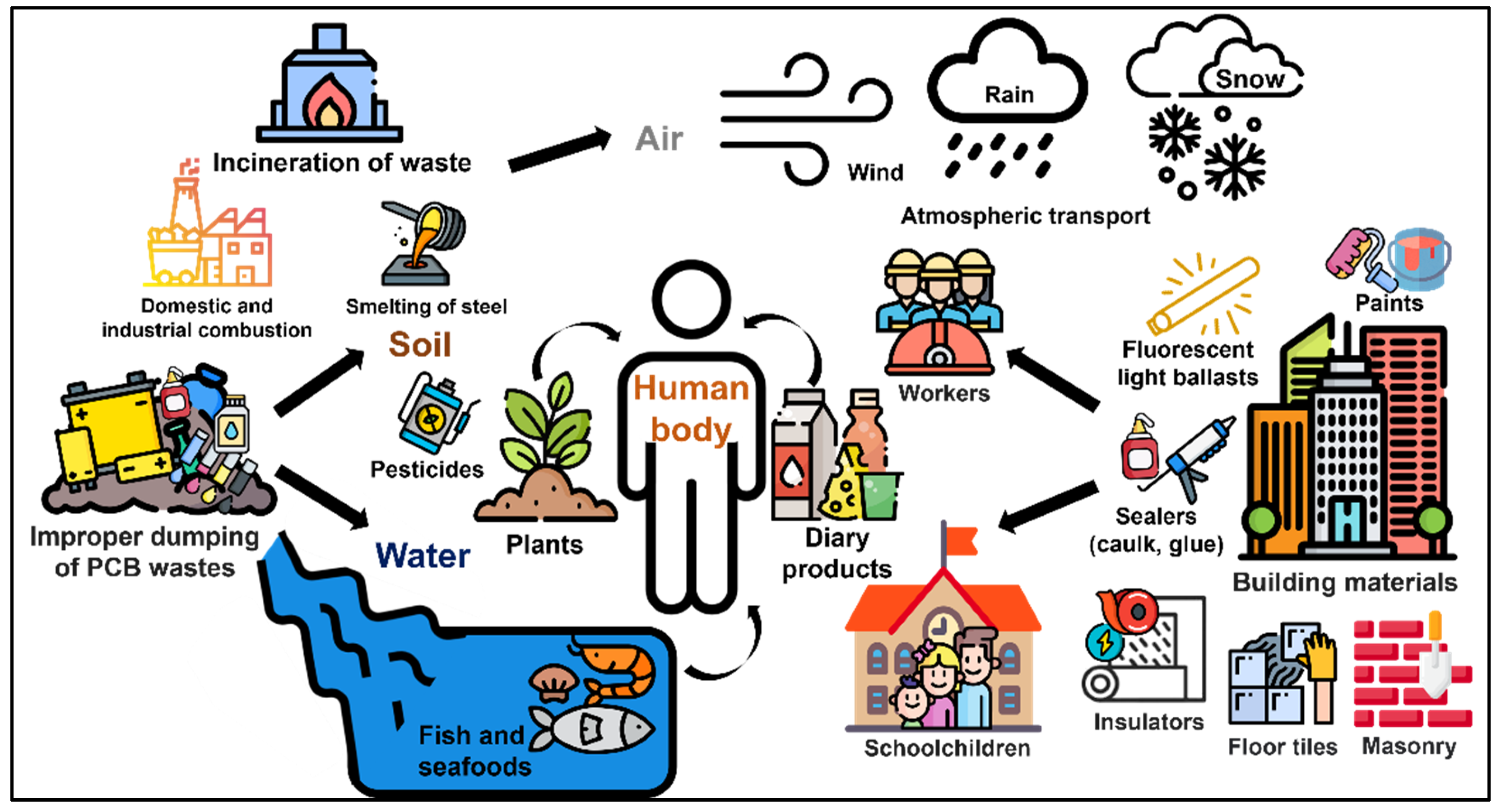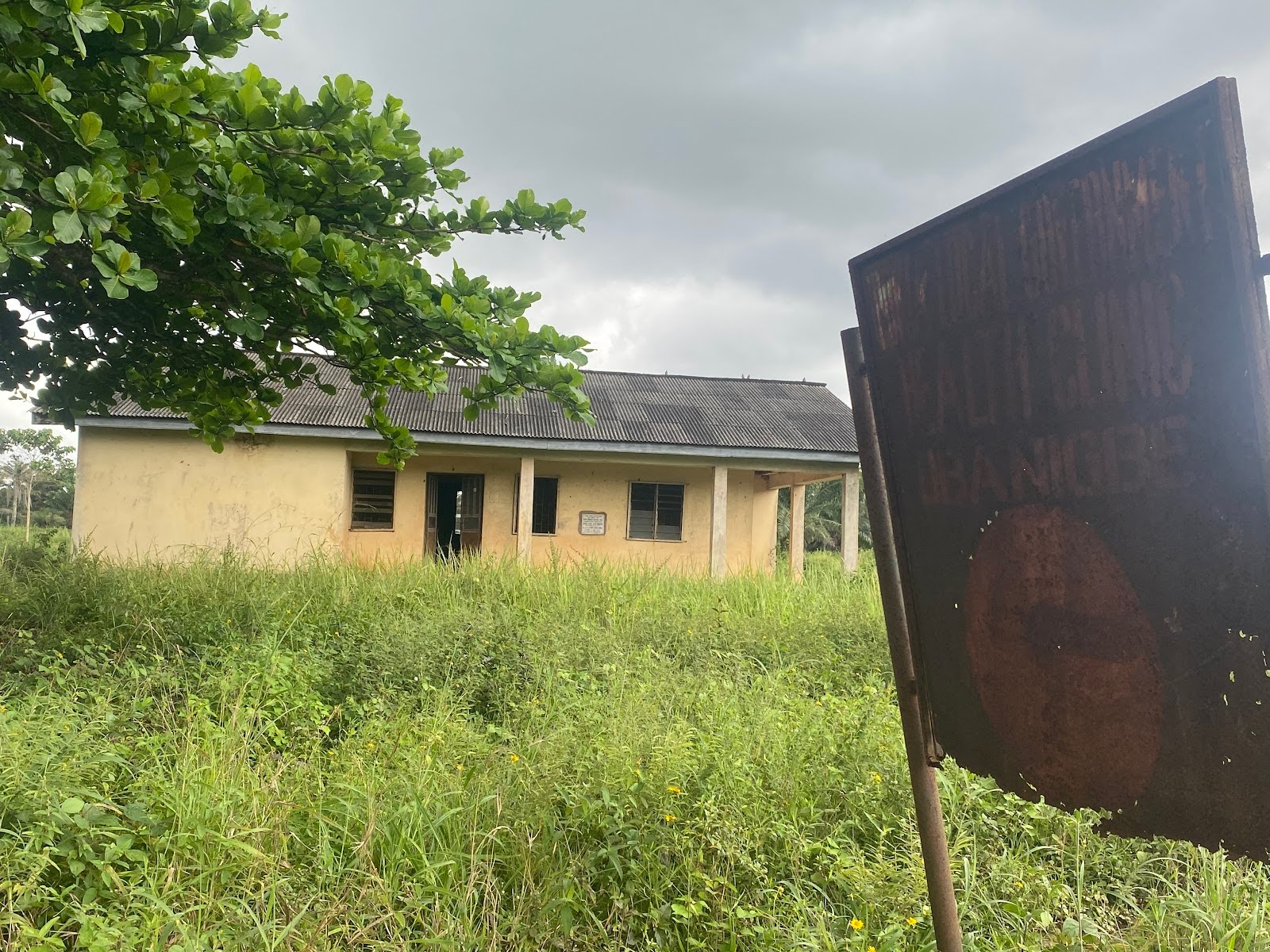 In recent years, the cotton farming sector has faced serious challenge, contributing to decline in the once thriving textile industry. Owing to poor government policies, inadequate support for farmers and competition from cheaper imports, the once backbone of the economy has become moribund. However, despite renewed efforts to revive the industry, the absence of a robust cotton supply poses a critical barrier to sustainable growth MOYOSORE SALAMI writes.
In recent years, the cotton farming sector has faced serious challenge, contributing to decline in the once thriving textile industry. Owing to poor government policies, inadequate support for farmers and competition from cheaper imports, the once backbone of the economy has become moribund. However, despite renewed efforts to revive the industry, the absence of a robust cotton supply poses a critical barrier to sustainable growth MOYOSORE SALAMI writes.
Cotton farming has long been integral to Nigeria’s economic development. In fact, in time past, the country was a leading producer of high-quality cotton, with farmers from Kaduna and Kano axis cultivating the crop to feed numerous textile mills that abound.
The industry not only provided livelihoods for millions, but also contributed significantly to the country’s Gross Domestic Product (GDP). However, as time went on, factors such as policy neglect and market fluctuations led to a steep decline in cotton production, which severely impacted the textile sector’s viability.
The introduction of General Agreement on Tariffs and Trade (GATT) aimed to promote international trade by reducing tariffs and other trade barriers, while it succeeded globally, the agreement also paved the way for intense competition from cheaper, subsidised foreign goods, which flooded Nigerian markets. As local textile manufacturers struggled to compete, many were forced to close their doors, the rippling effect was the devastation cotton industry faced.
The liberalisation of trade, which GATT championed, had unintended consequences for developing economies like Nigeria. The influx of imported textiles, often at prices local producers could not match, crippled domestic production. As textile mills shut down the demand for locally grown cotton dropped leaving farmers without a market for their crops.
Factors That Aided Decline
According to stakeholders, the fall of cotton farming in Nigeria can be traced to several factors; one of such is lack of effective government support.
Over the years, policies that once protected and incentivised cotton farming have been eroded or poorly implemented.
They said cotton farmers who once relied on subsidies and access to credit found themselves struggling as these benefits disappeared.
As a result, many moved to growing other crops such as maize and soybeans, which were seen as more lucrative and less dependent on government intervention.
The stakeholders also said global textile market equally played a role. The influx of cheaper fabrics from countries such as China made it difficult for local producers to compete; this shift has diminished the demand for locally grown cotton, leading to a vicious cycle of declined.
Investigation revealed that there are 28 ginneries across Nigeria, however, less than 10 per cent of these ginneries are functional, currently.
Furthermore, outdated farming practices, low yields and a lack of access to modern technology have further weakened the sector. Nigerian farmers without sufficient access to improved seeds and techniques have found it increasingly hard to compete, even within their local market.
In light of these challenges, the Federal Government recently announced plans aimed at revamping the textile industry to leverage its job creation potential.
To this end, Vice President Kashim Shettima hosted a number of stakeholders at the Presidential Villa, Abuja, where stakeholders, including the governors of Lagos and Imo states, attended to harvest ideas on how best to go about revamping the moribund industries.
According to Imo Governor, Hope Uzodima, it is germane for those at the helm of affairs to do everything within their powers to stimulate the Nigerian economy, hence the buy-in of governors to the project.
“Like the United Nations Cotton Manufacturing, the entire production chain of cotton is up to 10 sides and the whole idea is to leverage this opportunity to revamp the industries in Nigeria, which many of them are now moribund particularly in the cotton and textile sector.
 “Before this time, you will agree with me, in Lagos State, Isolo area to be precise, you see so many textile industries. Kaduna was famous as a centre for cotton production and textile mills. In the northern areas, the land was very fertile for growing cotton and then processing cotton. So, I think we need to stimulate the economy. We need to create more jobs, we need to redefine Nigeria. We need to engage our young men and women, and then align properly with the new digital age for production and economic stimulation.”
“Before this time, you will agree with me, in Lagos State, Isolo area to be precise, you see so many textile industries. Kaduna was famous as a centre for cotton production and textile mills. In the northern areas, the land was very fertile for growing cotton and then processing cotton. So, I think we need to stimulate the economy. We need to create more jobs, we need to redefine Nigeria. We need to engage our young men and women, and then align properly with the new digital age for production and economic stimulation.”
Corroborating, the Lagos State governor, Babajide Sanwo-Olu urged Nigerians to patronise made-in-Nigeria textiles because of the impact it would have on the economy.
Sanwo-Olu said the industries have the potential of engaging over 15 to 20 million Nigerians, hence the critical nature of the sector.
“If we are growing cotton, are we ready to patronise the ones we are producing locally? Because that’s one issue the textile manufacturers raised, that when they manufacture fabrics many people prefer the ones from Italy, so, I think the explanation has been made.
“Part of the things that you see with our garment manufacturers is actually polyester, not cotton and polyester happens to be cheaper than cotton. You know, cotton is a higher grade to sew. If our refineries were working, we have also been made to understand that it is actually supposed to be one of the byproducts coming out from the refinery.
“So, really, for us, it is to look at the entire value chain. There are so many things that we can track back in this country and that is why we say to ourselves, let’s produce what we use, let’s use what we produce. Let’s go back to our garment, cotton edges. The statistics show that it was employing directly and indirectly, almost 15 to 18 million Nigerians in that entire value chain. If you can bring back that, even if it’s 5 million in the next one to two years, it will take us further away,” he said.
However, experts warned that these efforts must prioritise cotton production if they are to succeed.
According to experts, the collapse of cotton farming is a clear example of how poor policy decisions can devastate an entire value chain, because without cotton, the foundation of the textile industry is effectively removed, making any revival attempts seem like trying to build a house without bricks.
In response to the crisis, the Federal Government implemented a series of policies aimed at reviving both the cotton farming and textile industry. Central to these efforts is the National Cotton, Textile, and Garment (CTG) Policy, designed to stimulate local production and reduce dependence on imports. Through this policy, the government provided incentives for farmers and manufacturers, including access to credit through the Anchor Borrowers’ Programme (ABP) through the Central Bank of Nigeria (CBN).
Additionally, government attempted to protect local industries by imposing bans on the importation of certain textile products, with the aim of encouraging the use of locally produced materials.
These efforts, however, were often undermined by poor implementation, a lack of funding, and weak enforcement of regulations designed to protect local manufacturers from cheap imports.
However, while progress has been made, the challenges remain daunting. The enforcement of these bans has been inconsistent, and the influx of smuggled textiles continues to undermine local production. While these policies have provided some relief, they have not been enough to recreate the industry’s fortunes.
 The decline of cotton farming remains a concern, particularly in regions like Kaduna and Lagos, with textile activities. These areas have experienced rising unemployment rates as factories shuttered and farmers abandoned their fields.
The decline of cotton farming remains a concern, particularly in regions like Kaduna and Lagos, with textile activities. These areas have experienced rising unemployment rates as factories shuttered and farmers abandoned their fields.
Pathways To Revival
To truly revive cotton farming, experts suggested that government must give substantial support to farmers and implement policies that prioritise local textile production and curb the influx of cheap foreign fabrics that have flooded the market.
They also pointed out that investment in infrastructure is critical. Cotton farming is a labour-intensive process that requires proper irrigation, transportation networks and processing facilities. Without these, they said farmers will struggle to increase yields or get their products to market in a cost-effective way.
For Nigeria’s textile industry to thrive, they advocated for a more comprehensive approach that addresses both the cotton farming and manufacturing sides of the equation. It must reconnect with its roots in cotton farming and without serious efforts to rejuvenate it, government’s latest plans may end up as another footnote in the long history of failed textile revival schemes and any less risks perpetuating the same cycle of decline that has plagued the industry for decades.
A Professor of Agricultural Production Economics, Ladoke Akintola University of Technology (LAUTECH), Ogbomoso, Taiwo Akinniran, said cotton farming today is a mere shadow of its former self, particularly, during the 1960s and 1970s.
“In the 1960s and 1970s, cotton production was central to the economy. During this period, cotton farming was well integrated into Nigeria’s economy, creating a synergy between agriculture and industry. However, today the country’s cotton production has drastically declined and its global competitiveness has waned.”
According to him, over the years, with the absence of structured cotton boards and the rise of synthetic fibers further weakening the sector, many farmers have abandoned the crop which used to be a dependable source of income for millions of farmers, but now, it barely sustains any livelihoods and has led to unemployment and rural urban migration.
He lamented that the absence of strong government backing, coupled with poor infrastructure such as ginning factories and transport networks has crippled the sector’s recovery, adding that while there was once structured support from government bodies like cotton boards, today’s policies lack focus.
Akinniran noted that there is potential for recovery with government initiatives like Anchor Borrowers’ Programme to revitalise cotton farming if the government can create a more enabling environment, improve infrastructure and support farmers.
On his part, Professor of Crop Ecology, Federal University of Agriculture (FUNAAB), Abeokuta, Abideen Olaiya, pointed out that the disconnect between farms and industries is a major challenge facing cotton farming in Nigeria.
According to him, cotton, being a crop with primarily industrial value, requires the government to create an enabling environment for industries to withstand economic crisis or develop avenues for cotton export.
“Farms and industries are not properly linked. For a crop that has only industrial value, the government should provide an enabling environment for the industries to survive economic crisis or create windows for its export.”
Olaiya suggested that government established an investment portfolio specifically for the cotton value chain, allowing industrialists to access funds for setting up local textile industries.
These industries, in turn, would support the establishment of cotton farms and work with private farmers or cooperatives as off-takers, much like the model that sustained tobacco production in Nigeria.
“Industrialists can access funds to set up local textile industries, which will, in turn, establish cotton farms and support private individuals or cooperative cotton farmers. This system would minimise what sustained tobacco production in Nigeria,” he explained.
He further called for the Agricultural Bank to have a specific mandate for funding various economic or industrial crops, ensuring that real cotton farmers and textile industrialists receive the necessary financial support.
Olaiya noted that while there are few agronomic issues affecting cotton farming in Nigeria, there is a critical need to improve seed quality and maintenance practices to boost productivity.
“Such funds should be given to genuine cotton farmers across cotton growing states. There aren’t many agronomic issues plaguing cotton farming in Nigeria. We just need to focus on improving seed quality and maintenance practices.”
A cotton value chain expert, Mustapha Sule, expressed concern over the significant challenges affecting the farmers.
He identified scarcity of viable seeds and limited access to essential agricultural inputs like fertilisers and credit facilities as major challenges.
“Farmers lack the capacity and knowledge in modern and sustainable cotton farming; also climate change and insecurity have worsened the situation making it difficult for farmers to access their fields safely.”
Sule further explained the disconnect between farmers and other key players in the value chain, particularly textile manufacturers.
“Unlike other sectors such as rice or maize, where manufacturers invest in training and funding farmers, such partnerships are rare in the cotton sector.”
According to him, these gaps have led to low production and yield per hectare, stunting the potential growth of Nigeria’s cotton value chain.
“Unlike other crops, farmers can’t retain seeds for the next season because the seeds are harvested with the fibre and sold to ginners for processing. This makes it harder to get seeds for the next planning cycle.”
The expert noted that cotton farming is labour intensive and requires more care and management compared to crops like soybeans, rice, maize and sorghum.
Sule also noted the lack of premium pricing for cotton despite its intensive cultivation. “Yields per hectare are low compared to other crops, and there is little support for farmers. Why should I invest so much time and effort when I can get better output with less effort in other crops?”
A stakeholder in the southwest cotton-textile industry, Saidat Dauda, noted that research, the adoption of modern farming techniques and greater government collaboration are essential to reviving the textile sector and ensuring its sustainability.
In her words: “Cotton farmers are facing a lot of problems in terms of low yields, poor seed quality, lack of modern farming techniques, inadequate financing, and insufficient infrastructure for processing. These are problems our farmers are dealing with.
“With these particular issues, we need to start from scratch. We need to invest in research and development and work more with researchers on how we can produce high-yield and pest-resistant seed varieties. This is very important because we need to start with seeds that can help us get better yields at the end of the day. The government needs to collaborate with research institutes to work on this, which will improve cotton yields and the quality of cotton.
“Another key aspect is the adoption of modern farming techniques. We need to adopt new technologies like climate-smart agriculture, mechanisation, and best agronomic practices. This will increase cotton production through practices such as crop rotation, leading to higher production and better-quality raw materials for the textile industry.
“When it comes to pest and disease control, the government must work with integrated pest management practices to introduce genetically modified cotton that resists pests. There are many problems farmers are facing. Even when they want to plant, they don’t have enough money to do so, and there are no ginneries to process the cotton into finished products. As a result, many cotton farmers produce at a loss, which discourages them, and in the end, it doesn’t help the industry.
“Nigerians should focus on establishing processing plants to ensure farmers have access to value-added processing within close proximity. This should be done through public-private partnerships that will significantly improve cotton farming. The government should prioritise revamping the industry through public-private collaboration to ensure the sustainability of the sector. Farmers should also have access to both national and international markets to get competitive prices for their produce.”
Dauda said: “There’s no way we are going to revive the textile industry without solving the issues facing cotton farming first because where will they get their raw materials from? Revamping Nigeria’s textile industry without first addressing cotton farming challenges is unlikely to succeed.
“Reviving cotton farming in Nigeria will ensure we have adequate raw materials for the textile industry, and reducing the cost of raw materials for these industries. Cotton farming is the backbone of the textile industry. Without a reliable domestic supply of cotton, production costs in the textile industry increase, which reduces profitability and competitiveness. If we truly want to make a difference, we must do it right.
“Furthermore, it will create jobs for youths and women because cotton farming operates on multiple levels. This opportunity will help the government generate more revenue, and local cotton production will reduce the need for imports, cutting costs for textile manufacturers.
“When revamping any industry, we must think about sustainability, and the only way to sustain the textile sector is to focus on the cotton farming system. If it’s positioned correctly, it will help the industry regain its former prominence as well.”






